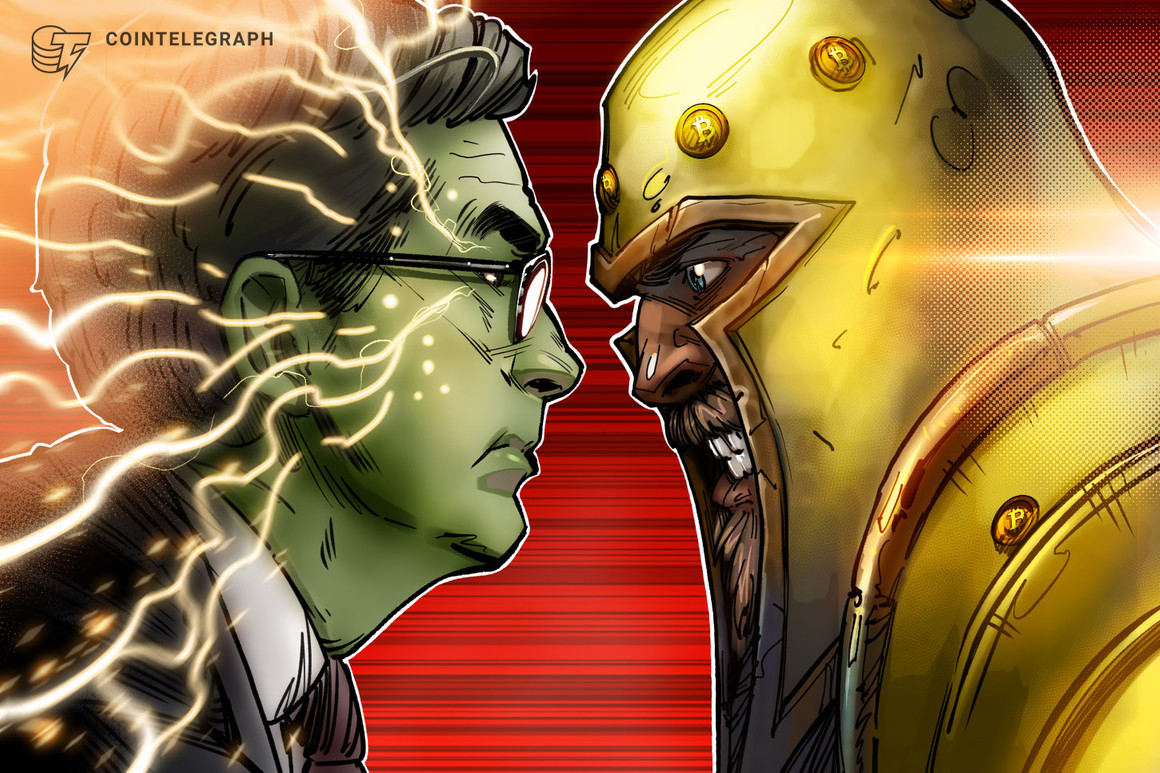Much like a pandemic, inflation has spread throughout the world, clouding the future with dark uncertainty. Disagreement over how to best manage soari
Much like a pandemic, inflation has spread throughout the world, clouding the future with dark uncertainty.
Disagreement over how to best manage soaring prices in the United Kingdom nearly caused its economy to collapse and subsequently led to the resignation of Prime Minister Liz Truss after just 44 days in office. Currently, at least 10 emerging economies are hyperinflationary, with more expected to follow. And the Federal Open Market Committee (FOMC), the part of the U.S. Federal Reserve responsible for keeping prices stable, just announced higher interest rate hikes in the midst of a return to positive gross domestic product — signaling continuing inflation troubles ahead.
The worldwide struggle to reduce inflation is tangible evidence that yesterday’s central bank tools are inadequate for today’s monetary problems. But hope for a brighter, sustainable tomorrow might be found in a technology least expected by policymakers: blockchains.
As the world’s de facto reserve currency, all countries rely on U.S. dollars for trade. When times are good, that seems to suit everyone just fine. But during times of high inflation, the purchasing power of dollars falls sharply, forcing other countries to buy more dollars to maintain stability. And yet, periods of high domestic inflation are exactly what compel the Fed to reduce dollar liquidity via interest rate hikes — effectively encumbering international dollar-buying. This dilemma between easing domestic inflation pressures while meeting the liquidity needs of the world is called the Triffin dilemma, and it arises whenever a credit-based national currency, like the U.S. dollar, is used as a global reserve.
Related: Jerome Powell is prolonging our economic agony
In practical terms, Triffin-impaired monetary policy causes financial crises originating in advanced developed countries to rapidly spread across the world. (The Triffin Dilemma does not spark high inflation in advanced economies; instead, it acts as an accelerant, like gasoline, that spreads high inflation everywhere, rapidly.) These crises disproportionately harm the poor, dramatically erasing many of the advancements in equity, economic security, and poverty reduction made during boom years, invariably causing global growth to end in global bust. This repeating boom-bust cycle, where great steps backward are made after every leap forward, highlights the critical need to reform and modernize our international monetary system.
Interestingly, we have known how to solve Triffin-related inflationary contagion long before Robert Triffin first identified the phenomenon in the 1960s. At the Bretton Woods Conference following World War II, John Maynard Keynes explained that Depression-era global inflation could be effectively managed by avoiding the use of national currencies for international trade and, instead, getting nations to agree to use a value-stable global reserve. Though Keynes’ proposal was never implemented, the idea was well ahead of its time.
As nearly eight decades have passed since Bretton Woods, let’s unpack what this means in 2022.
Back in 2009, in the midst of the last financial crisis, several countries called for Keynesian-like reforms, insisting on the use of the International Monetary Fund’s Special Drawing Rights — essentially, units of account backed by a basket of currencies — to be used more broadly as a global reserve. Thirteen years later, we can confidently say these proposals didn’t go anywhere. We still rely on U.S. dollars for international trade, and there appears to be little political will to change the status quo. Effective reform of the financial system, it seems, may not be possible through existing policy channels.

But something new and disruptive has been brewing over the last few years. The advent of blockchains has made creating new, counterfeit-resistant digital currencies a straightforward task, and a growing movement in peer-driven, non-central-bank finance (decentralized finance, or DeFi) has given rise to a global community of people willing to experiment with privately issued digital currencies.
In response to the growing use of these alternative currencies, nearly all of the world’s central banks are investigating the issuance of central bank digital currencies, or CBDCs. These are public digital dollars and euro and yuan powered by blockchains, implemented with the intention of rendering privately issued cryptocurrencies obsolete.
However, recent research by Linda Schilling and others revealed that CBDCs will likely fail over time. Specifically, there exists a CBDC trilemma, where CBDCs cannot simultaneously be financially stable, price stable, and efficient. In other words, CBDCs do not solve any of the problems we have with existing currencies, yet they create potentially catastrophic new problems under the guise of forward-thinking innovation.
A genuine solution, however,…
cointelegraph.com
